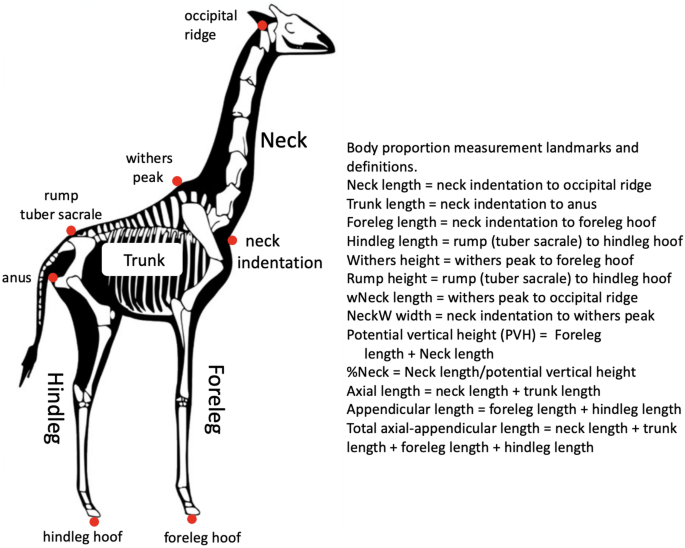2024-06-03 カリフォルニア大学リバーサイド校(UCR)
<関連情報>
- https://news.ucr.edu/articles/2024/06/03/how-sharks-survived-major-spike-earths-temperature
- https://www.cell.com/current-biology/fulltext/S0960-9822(24)00614-6
白亜紀における外洋性サメの台頭と胸鰭形態の適応進化 The rise of pelagic sharks and adaptive evolution of pectoral fin morphology during the Cretaceous
Phillip C. Sternes,Lars Schmitz,Timothy E. Higham
Current Biology Published:June 03, 2024
DOI:https://doi.org/10.1016/j.cub.2024.05.016

Highlights
•Modern sharks were likely benthic or benthopelagic in origin
•Sharks have independently expanded to the pelagic zone several times
•Pectoral fin shape shows signatures of adaptive evolution
•Sea surface temperature impacts shark evolution
Summary
The emergence and subsequent evolution of pectoral fins is a key point in vertebrate evolution, as pectoral fins are dominant control surfaces for locomotion in extant fishes.1,2,3However, major gaps remain in our understanding of the diversity and evolution of pectoral fins among cartilaginous fishes (Chondrichthyes), a group with an evolutionary history spanning over 400 million years with current selachians (modern sharks) appearing about 200 million years ago.4,5,6Modern sharks are a charismatic group of vertebrates often thought to be predators roaming the open ocean and coastal areas, but most extant species occupy the seafloor.4Here we use an integrative approach to understand what facilitated the expansion to the pelagic realm and what morphological changes accompanied this shift. On the basis of comparative analyses in the framework of a time-calibrated molecular phylogeny,7we show that modern sharks expanded to the pelagic realm no later than the Early Cretaceous (Barremian). The pattern of pectoral fin aspect ratios across selachians is congruent with adaptive evolution, and we identify an increase of the subclade disparity of aspect ratio at a time when sea surface temperatures were at their highest.8The expansion to open ocean habitats likely involved extended bouts of sustained fast swimming, which led to the selection for efficient movement via higher aspect ratio pectoral fins. Swimming performance was likely enhanced in pelagic sharks during this time due to the elevated temperatures in the sea, highlighting that shark evolution has been greatly impacted by climate change.


